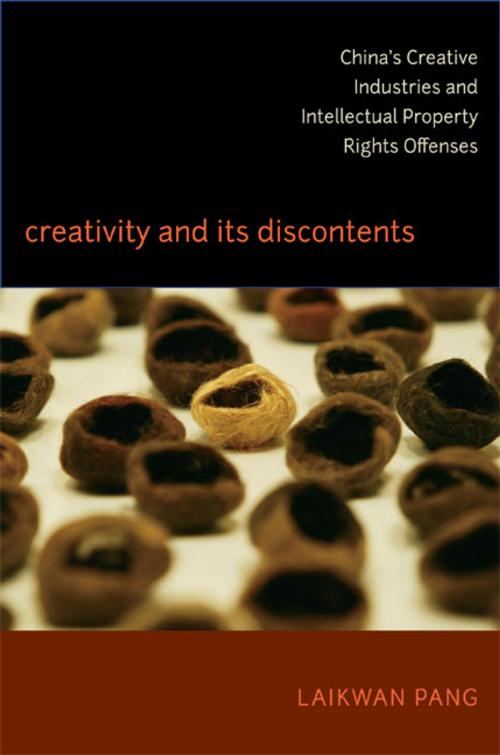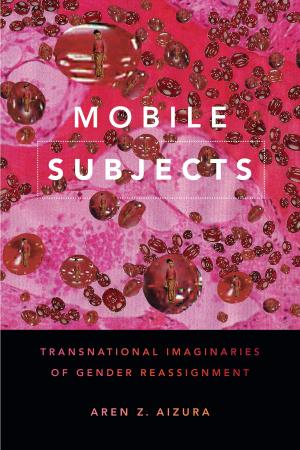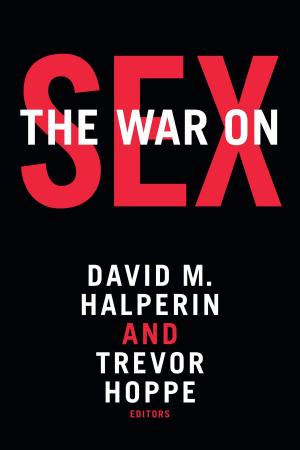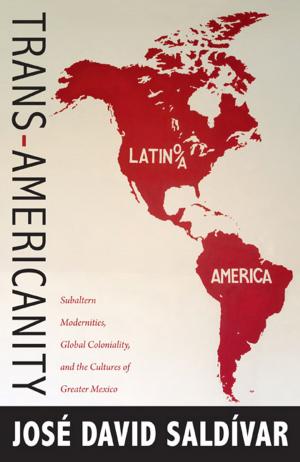Creativity and Its Discontents
China’s Creative Industries and Intellectual Property Rights Offenses
Nonfiction, Reference & Language, Law, Patent, Trademark, & Copyright, History, Asian, China| Author: | Laikwan Pang | ISBN: | 9780822394587 |
| Publisher: | Duke University Press | Publication: | January 11, 2012 |
| Imprint: | Duke University Press Books | Language: | English |
| Author: | Laikwan Pang |
| ISBN: | 9780822394587 |
| Publisher: | Duke University Press |
| Publication: | January 11, 2012 |
| Imprint: | Duke University Press Books |
| Language: | English |
Creativity and Its Discontents is a sharp critique of the intellectual property rights (IPR)–based creative economy, particularly as it is embraced or ignored in China. Laikwan Pang argues that the creative economy—in which creativity is an individual asset to be commodified and protected as property—is an intensification of Western modernity and capitalism at odds with key aspects of Chinese culture. Nevertheless, globalization has compelled China to undertake endeavors involving intellectual property rights. Pang examines China's IPR-compliant industries, as well as its numerous copyright violations. She describes how China promotes intellectual property rights in projects such as the development of cultural tourism in the World Heritage city of Lijiang, the transformation of Hong Kong cinema, and the cultural branding of Beijing. Meanwhile, copyright infringement proliferates, angering international trade organizations. Pang argues that piracy and counterfeiting embody the intimate connection between creativity and copying. She points to the lack of copyright protections for Japanese anime as the motor of China's dynamic anime culture. Theorizing the relationship between knockoffs and appropriation art, Pang offers an incisive interpretation of China's flourishing art scene. Creativity and Its Discontents is a refreshing rejoinder to uncritical celebrations of the creative economy.
Creativity and Its Discontents is a sharp critique of the intellectual property rights (IPR)–based creative economy, particularly as it is embraced or ignored in China. Laikwan Pang argues that the creative economy—in which creativity is an individual asset to be commodified and protected as property—is an intensification of Western modernity and capitalism at odds with key aspects of Chinese culture. Nevertheless, globalization has compelled China to undertake endeavors involving intellectual property rights. Pang examines China's IPR-compliant industries, as well as its numerous copyright violations. She describes how China promotes intellectual property rights in projects such as the development of cultural tourism in the World Heritage city of Lijiang, the transformation of Hong Kong cinema, and the cultural branding of Beijing. Meanwhile, copyright infringement proliferates, angering international trade organizations. Pang argues that piracy and counterfeiting embody the intimate connection between creativity and copying. She points to the lack of copyright protections for Japanese anime as the motor of China's dynamic anime culture. Theorizing the relationship between knockoffs and appropriation art, Pang offers an incisive interpretation of China's flourishing art scene. Creativity and Its Discontents is a refreshing rejoinder to uncritical celebrations of the creative economy.















